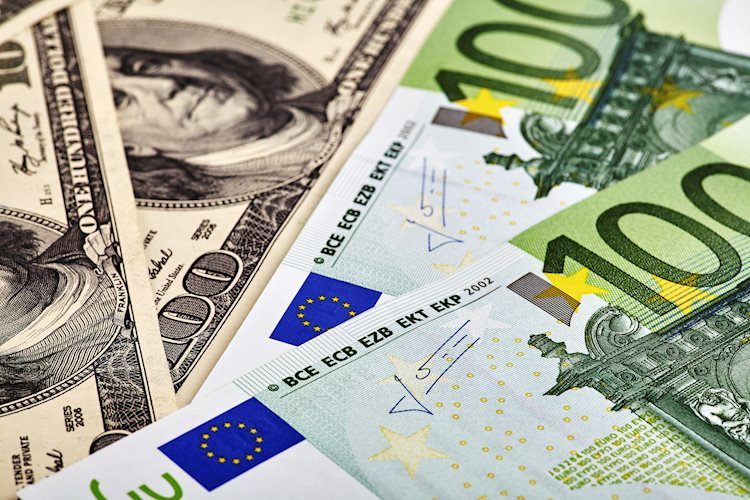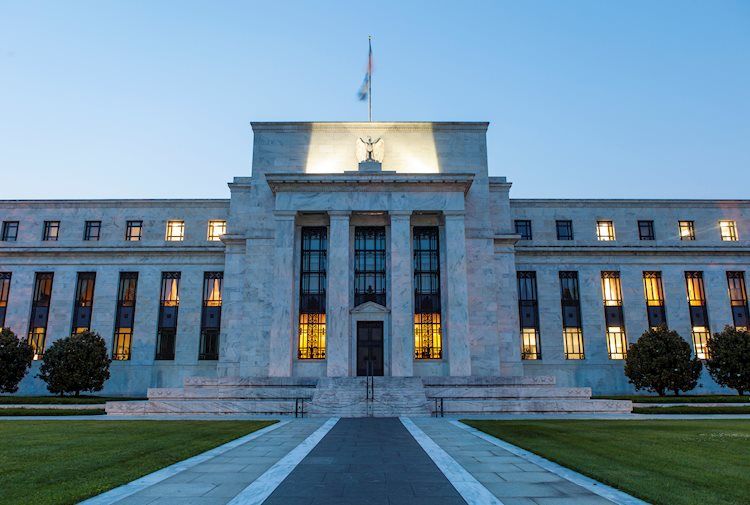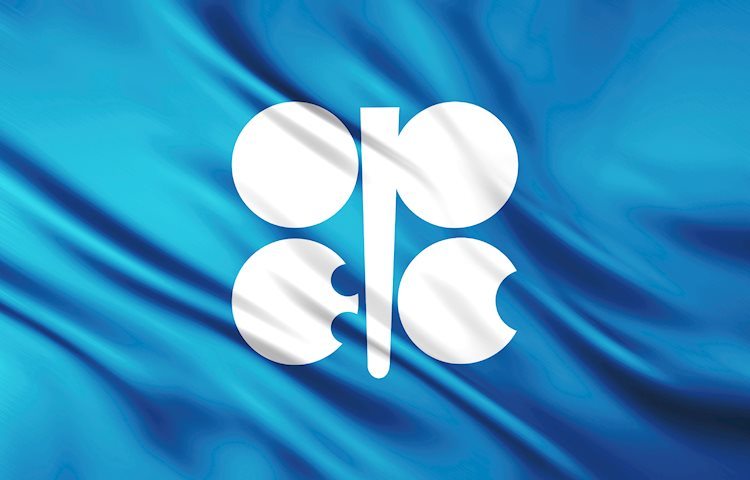[ad_1]
- The Euro bounces off daily lows against the US Dollar.
- European equities advance decently on Thursday.
- Fed’s Powell, ECB’s Lagarde take centre stage later in the session.
The Euro (EUR) now manages to regain some composure against the US Dollar (USD), encouraging EUR/USD to approach the key barrier at 1.0700 the figure once again on Thursday.
In the meantime, the Greenback abandons the area of daily highs near 105.70 when tracked by the USD Index (DXY) on the back of vacillating risk appetite trends and rising prudence prior to Federal Reserve (Fed) Chair Jerome Powell’s event later in the European evening.
In terms of monetary policy, there is an increasing consensus among market participants that the Fed is likely to maintain its present monetary stance unchanged in the next few months. The possibility of an interest rate hike in December has lost some momentum, particularly following the recent FOMC meeting and the publication of weaker-than-expected Nonfarm Payrolls data for October.
A similar sentiment can be observed regarding the European Central Bank (ECB), although the recent hawkish narrative from some rate setters seems to have left the door open to further tightening in the short-to-medium term.
In the domestic calendar, President Christine Lagarde will speak in Brussels at 17:30 GMT.
In the US, Fed Chairman Jerome Powell will participate in a Policy Panel Discussion at 19:00 GMT. Data-wise, Initial Jobless Claims rose by 217K in the week to November 4. Later in the session, Atlanta Fed President Raphael Bostic (2024 voter, centrist) and Richmond Fed President Thomas Barkin (2024 voter, centrist) are also due to speak.
Daily digest market movers: Euro trims losses and retargets 1.0700
- The EUR extends the rebound to the 1.0700 region against the USD.
- US and German yields resume the upside on Thursday.
- Markets expect the Fed to continue its current monetary policy in December.
- The ECB looks to be planning a protracted pause until H2 2024.
- ECB Vice President Luis de Guindos says rates cut chatter is premature.
- Geopolitical concerns in the Middle East continue unabated.
- Chinese CPI fell 0.2% in the year to October.
- BoJ’s Kazuo Ueda favoured the continuation of the current policy stance.
Technical Analysis: Euro needs to clear 1.0800 to allow for extra gains
EUR/USD navigates a consolidative range around the 1.0700 neighbourhood on Thursday.
If the selling pressure persists, EUR/USD may return to the weekly low of 1.0495 (October 13), ahead of the 2023 bottom at 1.0448 (October 15) and the round number of 1.0400.
On the upside, the November high of 1.0754 (November 6) stands in the way of the crucial 200-day Simple Moving Average (SMA) at 1.0801 and another weekly top of 1.0945 (August 30). The psychological threshold of 1.1000 is aligned north of here, before the August peak of 1.1064 (August 10) and the weekly high of 1.1149 (July 27), all preceding the 2023 top of 1.1275 (July 18).
The pair’s outlook remains negative as long as it trades below the 200-day SMA.
Interest rates FAQs
Interest rates are charged by financial institutions on loans to borrowers and are paid as interest to savers and depositors. They are influenced by base lending rates, which are set by central banks in response to changes in the economy. Central banks normally have a mandate to ensure price stability, which in most cases means targeting a core inflation rate of around 2%.
If inflation falls below target the central bank may cut base lending rates, with a view to stimulating lending and boosting the economy. If inflation rises substantially above 2% it normally results in the central bank raising base lending rates in an attempt to lower inflation.
Higher interest rates generally help strengthen a country’s currency as they make it a more attractive place for global investors to park their money.
Higher interest rates overall weigh on the price of Gold because they increase the opportunity cost of holding Gold instead of investing in an interest-bearing asset or placing cash in the bank.
If interest rates are high that usually pushes up the price of the US Dollar (USD), and since Gold is priced in Dollars, this has the effect of lowering the price of Gold.
The Fed funds rate is the overnight rate at which US banks lend to each other. It is the oft-quoted headline rate set by the Federal Reserve at its FOMC meetings. It is set as a range, for example 4.75%-5.00%, though the upper limit (in that case 5.00%) is the quoted figure.
Market expectations for future Fed funds rate are tracked by the CME FedWatch tool, which shapes how many financial markets behave in anticipation of future Federal Reserve monetary policy decisions.
[ad_2]
Source link


